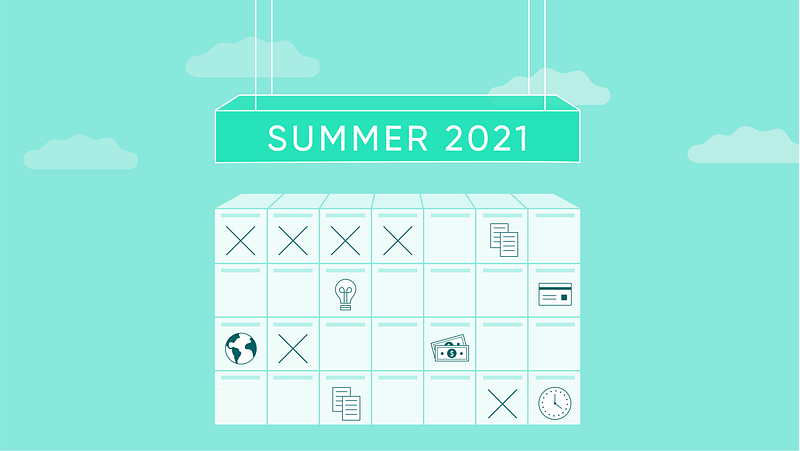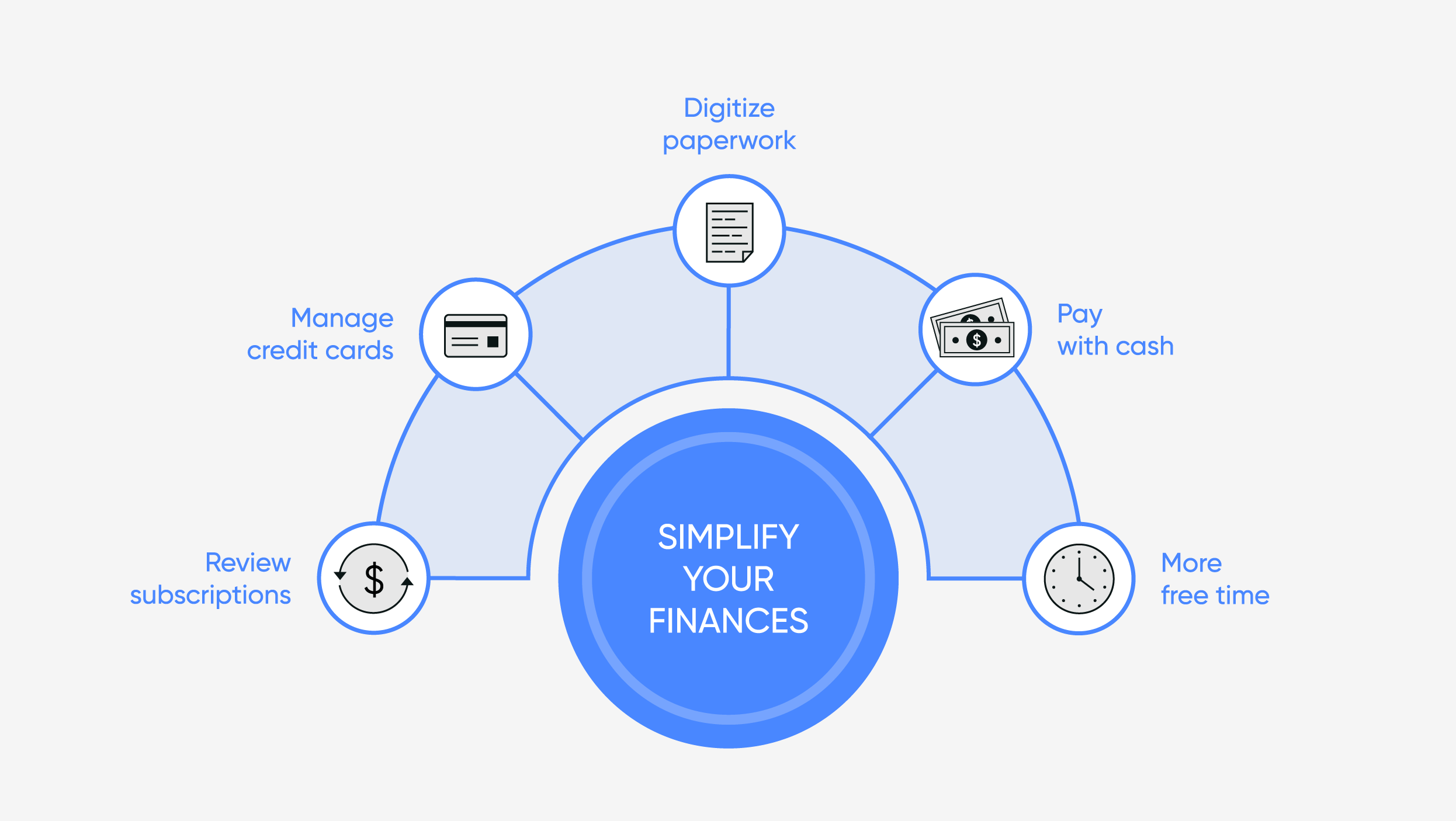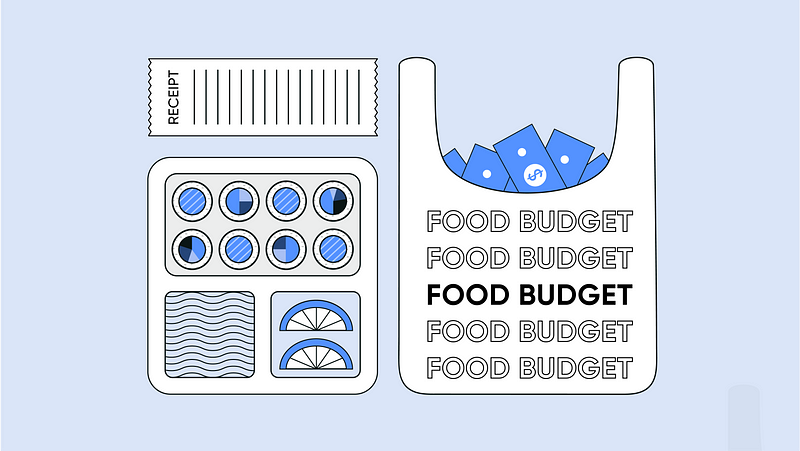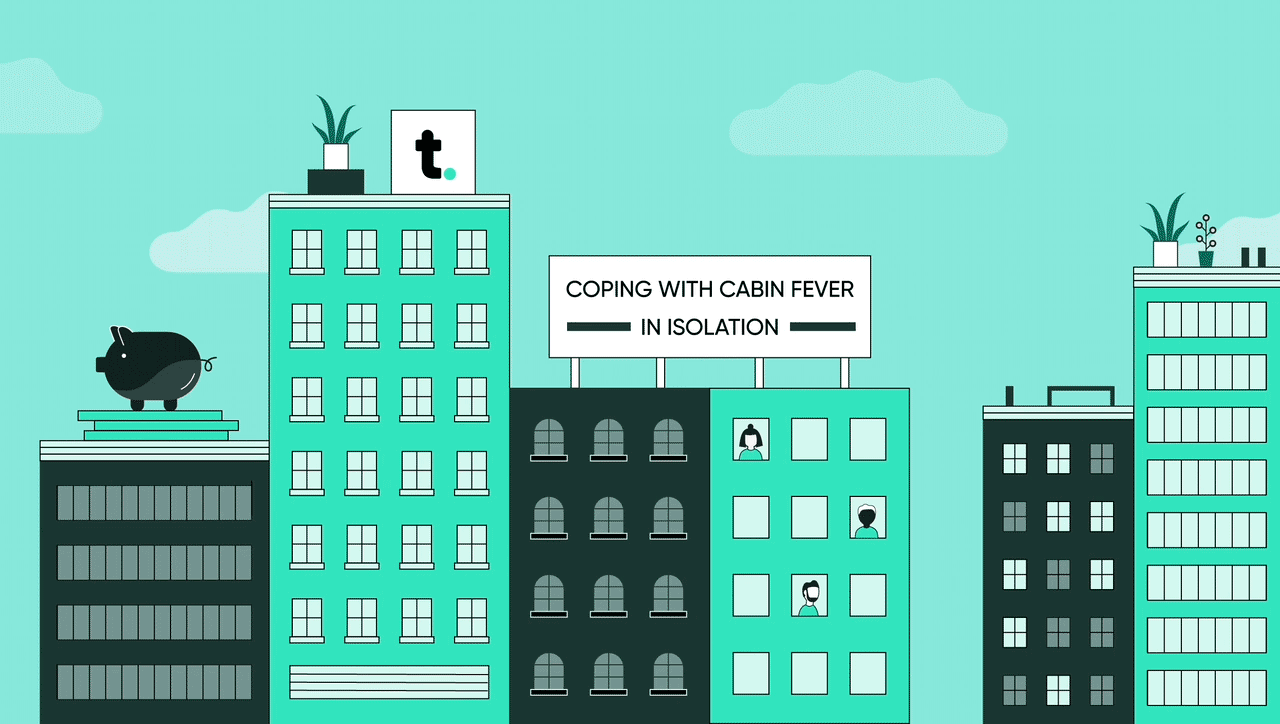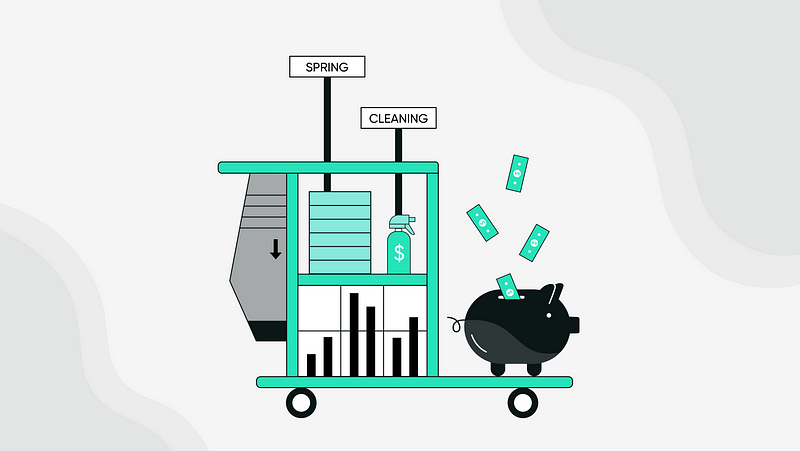
As we head into summer and the weather heats up, many might be looking for affordable activities to enjoy with family and friends. Summer is a great time to enjoy the sunshine and get out of the house. All of the trips, vacations, and outdoor activities can start to add up and take a toll on your budget. Whether you’re a college student or looking for affordable activities for your family, here are some summer activities that won’t break your bank account.
- Head to the Farmer’s Market: In most cities and towns, farmer’s markets where local farmers and businesses gather to sell their products are hosted on the weekends.. This is an affordable way to buy your products while enjoying some time outdoors. It’s also the perfect spot to meet up with friends and family and shop around for an affordable price.
- Look up near nature trails: Check out distant or near trails in your area for its scenic view and experience the great outdoors for free! Whether you choose to hike or bike these trails, it is a great way to get outside and be in touch with nature. This is also the perfect activity to spend time with friends and family and exercise which is good for the mind and body.
- Go Swimming: A nice hot summer day calls for a pool day. If your home does not have a pool, no need to fear, there are plenty of neighborhood pools, rivers, lakes, and oceans, depending on your region. Access to a cool body of water is the perfect activity to lounge and enjoy a hot summer day. This activity should cost a low fee and can even be free.
- Read a Book: Summer is the perfect time to pick up a new hobby or read that book you’ve been thinking about. Make time in your day to sit outside or choose another space to relax in and enjoy the book you have been wanting to read. This activity can be done in your own home or in public, such as the local library, park, and coffee shops. Books are usually inexpensive and great for your mind and soul.
- Host a BBQ: As more people become vaccinated and guidelines are followed, family and friends can begin to gather as life returns back to normal. While restaurants and eating out becomes more of an option, hosting a BBQ is the perfect inexpensive and more affordable option to dining with friends and family. Hosting the BBQ as a potluck will further reduce the costs for everyone attending as one person is assigned to their own dish. The warm weather is perfect for a classic BBQ and an easy way to spend quality time with your loved ones.


